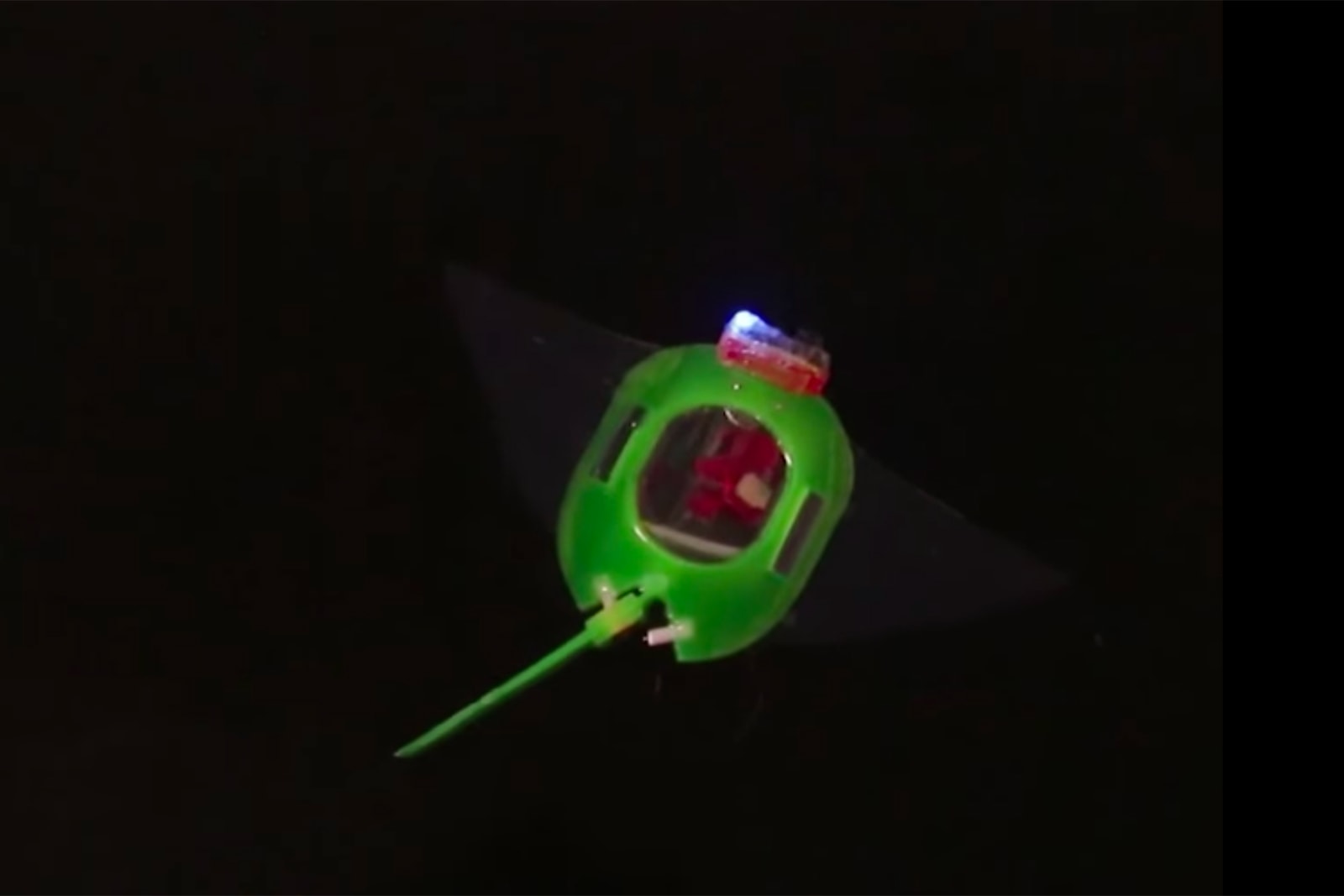Soft manta ray robot could watch over coral reefs
It looks like Harvard’s octopus robot is going to have some stiff competition. Chinese researchers have crafted a soft manta ray-inspired bot that could surveil the seas without harming nature in the process. Rather than rely on stiff metal or plastic for its body, the artificial swimmer is made out of a combination of flexible polymer (for its muscles) and silicone (for most everything else) that shouldn’t damage sea life. And importantly, there’s no motor — the ray gets around using a lithium battery whose cyclic voltage causes the muscles to bend, flapping fins in the process. Electromagnets help steer the tail.
At a speed of less than 2.4 inches per second, this faux manta isn’t about to compete with real fish for performance (others its size tend to travel four times faster). That’s still twice as fast as the previous best for a soft untethered robot, however, and it can survive in temperatures as cold as 33F and as hot as 165F. If there’s a real drawback to the current design, it’s the 3-hour battery life — this won’t stay underwater for too long.
There’s no guarantee that this will find a practical use, but the prototype can carry a small camera. Scientists primarily envision it studying coral reefs, where conventional vehicles might be too dangerous. It could also be helpful for studying shipwrecks without disturbing their contents. And while it’s not mentioned, it’s easy to see the allure for military users who want to scan for mines or rival probes as quietly and unintrusively as possible.
(50)
















